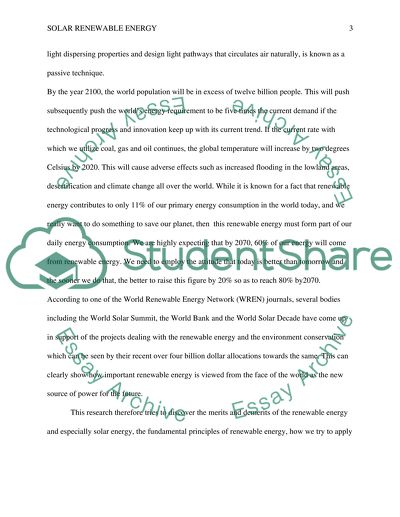Cite this document
(“Solar renewable energy Research Paper Example | Topics and Well Written Essays - 2500 words”, n.d.)
Retrieved from https://studentshare.org/environmental-studies/1404208-solar-renewable-energy
Retrieved from https://studentshare.org/environmental-studies/1404208-solar-renewable-energy
(Solar Renewable Energy Research Paper Example | Topics and Well Written Essays - 2500 Words)
https://studentshare.org/environmental-studies/1404208-solar-renewable-energy.
https://studentshare.org/environmental-studies/1404208-solar-renewable-energy.
“Solar Renewable Energy Research Paper Example | Topics and Well Written Essays - 2500 Words”, n.d. https://studentshare.org/environmental-studies/1404208-solar-renewable-energy.


